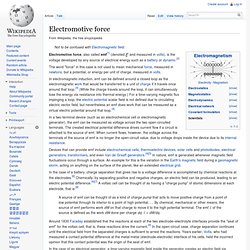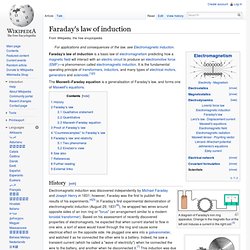

Tesla - Master of Lightning: A Weapon to End War. Tesla inherited from his father a deep hatred of war. Throughout his life, he sought a technological way to end warfare. He thought that war could be converted into, "a mere spectacle of machines. " In 1931 Tesla announced to reporters at a press conference that he was on the verge of discovering an entirely new source of energy. Asked to explain the nature of the power, he replied, "The idea first came upon me as a tremendous shock... I can only say at this time that it will come from an entirely new and unsuspected source.
" War clouds were again darkening Europe. The idea generated considerable interest and controversy. By 1937 it was clear that war would soon break out in Europe. What set Tesla's proposal apart from the usual run of fantasy "death rays" was a unique vacuum chamber with one end open to the atmosphere. Of all the countries to receive Tesla's proposal, the greatest interest came from the Soviet Union. National High Magnetic Field Laboratory - Electromagnetic Induction Tutorial. Electromotive force. Electromotive force, also called emf[1] (denoted In a two-terminal device (such as an electrochemical cell or electromagnetic generator), the emf can be measured as voltage across the two open-circuited terminals.

The created electrical potential difference drives current flow if a circuit is attached to the source of emf. When current flows, however, the voltage across the terminals of the source of emf is no longer the open-circuit value, due to voltage drops inside the device due to its internal resistance. Devices that can provide emf include electrochemical cells, thermoelectric devices, solar cells and photodiodes, electrical generators, transformers, and even Van de Graaff generators.[4][5] In nature, emf is generated whenever magnetic field fluctuations occur through a surface. An example for this is the variation in the Earth's magnetic field during a geomagnetic storm, acting on anything on the surface of the planet, like an extended electrical grid. Chemical sources[edit] Electric charge. Electric charge is a physical property of matter that causes it to experience a force when near other electrically charged matter. There exist two types of electric charges, called positive and negative .
Positively charged substances are repelled from other positively charged substances, but attracted to negatively charged substances; negatively charged substances are repelled from negative and attracted to positive. An object will be negatively charged if it has an excess of electrons , and will otherwise be positively charged or uncharged. The SI unit of electric charge is the coulomb (C), although in electrical engineering it is also common to use the ampere-hour (Ah), and in chemistry it is common to use the elementary charge ( e ) as a unit.
The symbol Q is often used to denote a charge. The electric charge is a fundamental conserved property of some subatomic particles , which determines their electromagnetic interaction. . [ edit ] Overview [ edit ] History [ edit ] Properties and. Inductor. Axial lead inductors (100 µH) Overview[edit] Inductance (L) results from the magnetic field around a current-carrying conductor; the electric current through the conductor creates a magnetic flux.

Mathematically speaking, inductance is determined by how much magnetic flux φ through the circuit is created by a given current i[1][2][3][4] For materials that have constant permeability with magnetic flux (which does not include ferrous materials) L is constant and (1) simplifies to Any wire or other conductor will generate a magnetic field when current flows through it, so every conductor has some inductance. Constitutive equation[edit] Any change in the current through an inductor creates a changing flux, inducing a voltage across the inductor.
Faraday's law of induction. Faraday's law of induction is a basic law of electromagnetism predicting how a magnetic field will interact with an electric circuit to produce an electromotive force (EMF)—a phenomenon called electromagnetic induction.

It is the fundamental operating principle of transformers, inductors, and many types of electrical motors, generators and solenoids.[1][2] The Maxwell–Faraday equation is a generalisation of Faraday's law, and forms one of Maxwell's equations. History[edit] A diagram of Faraday's iron ring apparatus. FaradaysLaw.pdf (application/pdf Object)